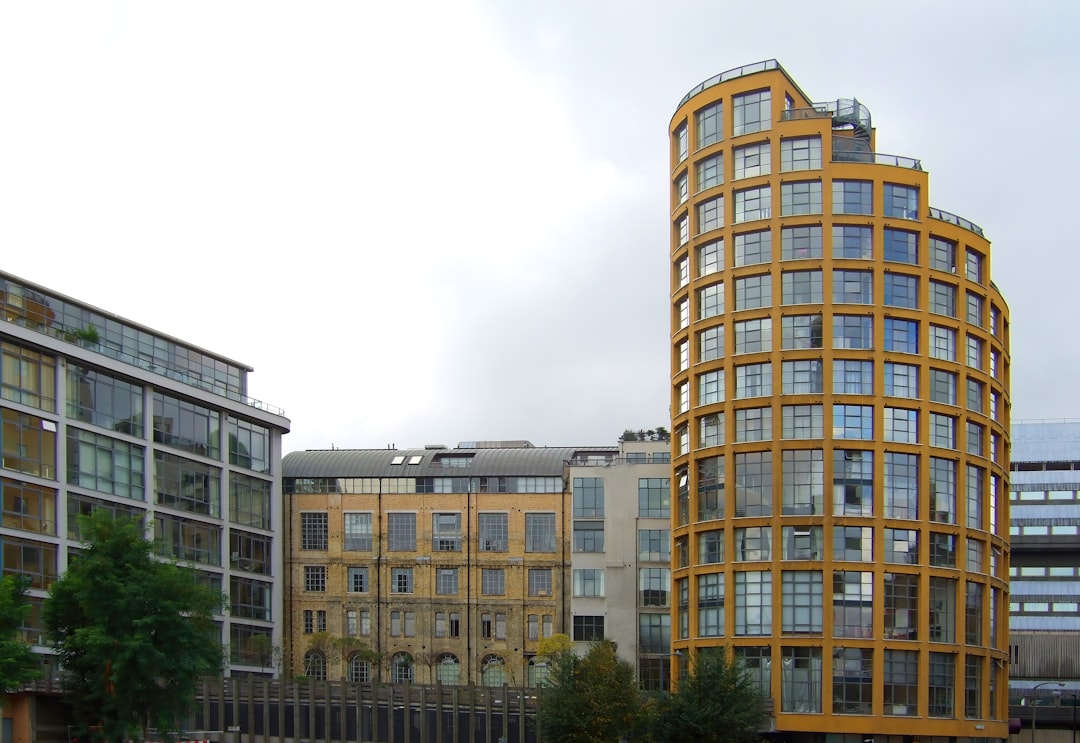What is it about?
In this paper, we review strategic spatial planning literature published between 1992 and 2017. The focus is on the phenomena causing land degradation that are addressed by strategic spatial planning literature, as well as on the mechanisms describing the role of strategic spatial planning in land degradation reduction.
Featured Image
Why is it important?
It is important to convince policymakers that the concept of “smart cities”, for example, is not only about the implementation of technologies, but also about human-oriented and nature-based strategic spatial planning. The redevelopment of brownfield land, together with growth-management policies, must be communicated as a “smart growth” strategy. Providing scientific-based evidence tailored to the realities of a territory, the availability of technologies, and of crowdsourced geographic information means that strategic spatial planning would become more effective in halting and reversing the deep conundrum of land degradation in contemporary urban regions.
Perspectives
Land degradation is becoming a serious environmental issue threatening fertile agricultural soils and other natural resources. There are many driving forces behind land degradation. The expansion of artificial surfaces due to various economic activities, such as housing, industry, and transport infrastructure, known as soil sealing, constitutes one of the most intensive forms of land degradation in urban regions. Measures to halt and reverse land degradation require both strong land-use management policies, as well as effective spatial planning mechanisms.
Eduardo Henrique da Silva Oliveira
Christian-Albrechts-Universitat zu Kiel
Read the Original
This page is a summary of: Can Strategic Spatial Planning Contribute to Land Degradation Reduction in Urban Regions? State of the Art and Future Research, Sustainability, March 2018, MDPI AG,
DOI: 10.3390/su10040949.
You can read the full text:
Resources
Contributors
The following have contributed to this page










